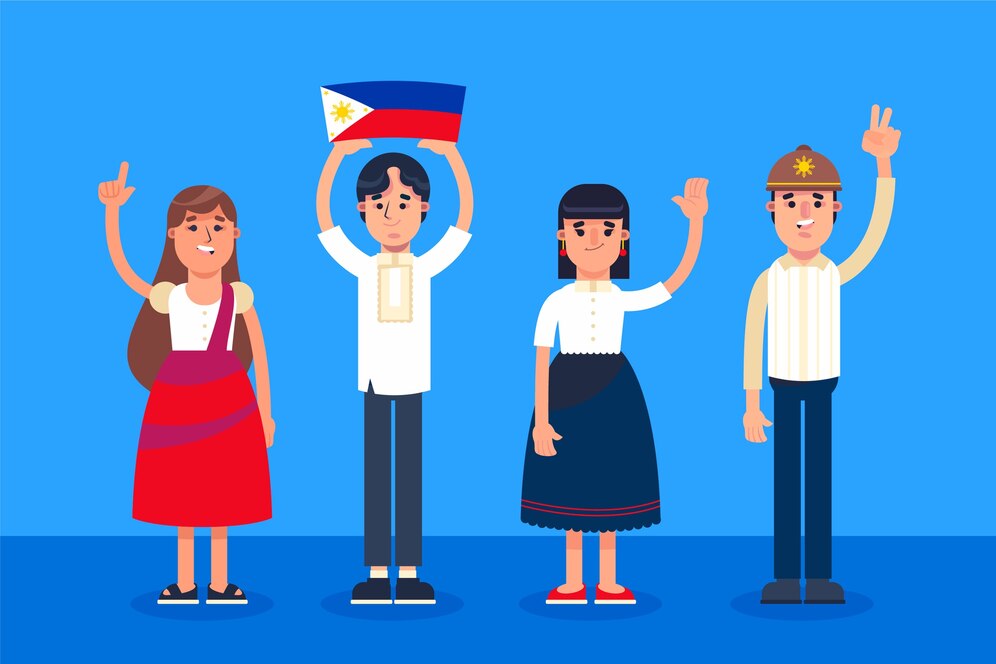Top 5 SHS Strands Philippines Explained
The shs strands Philippines is part of the K-12 curriculum, which is intended to provide students with the requisite preparation for Post-Secondary Education Work or Entrepreneurship. One of the most salient points of the program is that students will get to choose specialized strands or tracks based on specific interests or occupations.
The five most popular strands among students are Accountancy, Business, and Management (ABM); Science, Technology, Engineering, and Mathematics (STEM); Humanities and Social Sciences (HUMSS); General Academic Strand (GAS); and Technical-Vocational-Livelihood (TVL). Each of the strands has its own set of opportunities and doors. Thus, bringing them to a level of consciousness that students need to understand.
Accountancy Business and Management (ABM) Strand
The ABM strand is for students who wish to pursue careers in business, entrepreneurship, or finance. This track focuses on acquiring skills in the more practical areas, such as establishing businesses, conducting analysis of fiscal data, and developing ideas for effective marketing strategies. It is well professionalized since it provides students with a foundation in accountancy business mathematics as well as organizational management.
Students taking this strand learn, among others, Fundamentals of Accountancy, Principles of Marketing, and Business Ethics. Aside from being able to refine their critical thinking and decision-making skills, these also prepare them for what’s at stake in navigating the complexities of managing a business or excelling in corporate environments. There is a wide variety of careers open to ABM graduates, such as that of accountants, business analysts, marketing professionals, and even entrepreneurs.
Science, Technology, Engineering, and Mathematics (STEM) Strand
The STEM strand is a pretty cool place for kids who are fascinated by the realms of science, technology, and engineering. This is the strand for problem solvers, experimenters, and those who would like to create feasible solutions to real-world issues. When it comes to mathematics and the sciences, this strand does not mince words. It prepares students for technical professions and a research-led field.
The main subjects that define this strand are Physics, Biology, Chemistry, Pre-Calculus, and Engineering Design. These subjects challenge students to think systematically, engage in systematic investigation, and apply the theory in practice. The students graduating from the STEM strand may take degrees in medicine, computer science, engineering, architecture, and many more. They could eventually land as doctors, engineers, IT specialists, scientists, and more.
Humanities and Social Sciences (HUMSS) Strand
The HUMSS strand is made for students who want to study and indulge in understanding humans in culture, and society. This strand is very ideal for reading, writing, and debating about societal issues. It encourages and develops a student to think critically, communicate, and empathize. Thus, paving the way for becoming a future teacher, lawyer, writer, or public servant.
This HUMSS strand pursued subjects like Philosophy, Political Science, Literature, and Creative Writing. These disciplines encourage students to analyze a historical or contemporary issue while allowing them to hone their articulation skills effectively. This strand prepares students for careers in journalism, education, law, social work, and international relations. The ability to appreciate and even influence the dynamics of society.
General Academic Strand (GAS)
The General Academic Strand (GAS) is the kind of strand that is meant for students who still have to find their interests or remain undecided about what they want to do in the future. Different from every other strand that has a specific focus on a particular discipline, GAS offers broad curricular coverage that ranges from business through humanities and up to the sciences into various areas of study within which students can sample for their holistic education.
Students are expected to select electives from other tracks, such as basic courses in science, social studies, or even entrepreneurship. It prepares students to be critical thinkers and flexible problem solvers. This makes them relevant in most career pathways. Graduates of GAS will then have options for different courses. Such as education, business, technology, arts, and many more as their options will be quite vast for them to grow and succeed.
Technical Vocational Livelihood
TVL offers skills-based strands for students who want hands-on training for certain trades or professions. This strand is particularly appealing to someone who wishes to enter the world of employment right after an SHS education or start a business. The specializations of TVL courses such as Home Economics, Industrial Arts, Information and Communication Technology or ICT, and Agri-Fishery Arts, will hone students’ technical skills in their chosen fields.
TVL students are molded into work-ready individuals through practicals in culinary arts, automotive servicing, computer programming, and agricultural production. This strand also guarantees preparation for national certifications. Prized not only by the country but also internationally so that every student enrolled will be at an upper hand when competing in the market. Examples of future jobs for TVL graduates include but are not limited to chefs, electricians, programmers, and entrepreneurs. This is a realistic entry point for hands-on work and almost automatic employment.
Key Takeaway
SHS strand selection is indeed an important decision that defines a student’s academic future and shapes their career goals. Each of the five strands- ABM, STEM, HUMSS, GAS, and TVL caters to its advantages and focuses on unique future opportunities.
ABM prepares students on business skills; the STEM strand on analytical and technical skills; HUMSS is the strand under which students learn empathy and communication; the GAS opens flexibility; while TVL equips the students with practical skills. Students should know their strengths, interests, and long-term goals to determine which strand aligns with their desires and prepares them for success in their future pathways.














Post Comment